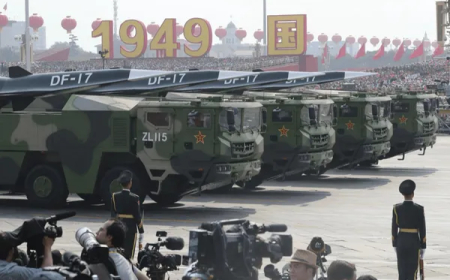How China Is Seizing Global Military Edge with Cutting-Edge Tech
China has transformed from a regional power reliant on reverse-engineered tech into a global innovator in advanced weaponry over the past two decades. Massive R&D investments have produced systems—from hypersonic glide vehicles to AI-driven fighters—that not only match Western counterparts but surpass them in key areas, reshaping the global balance of power.
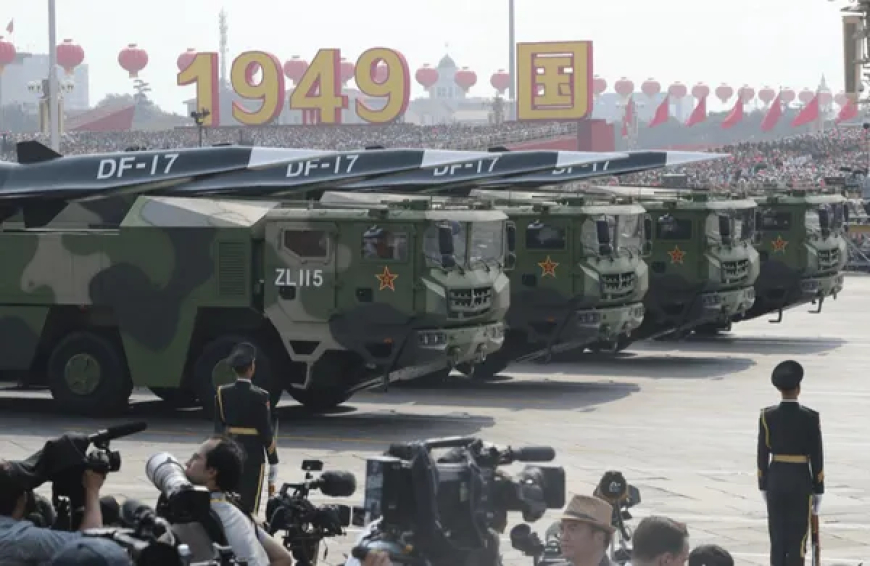
Beijing – Once defined by sheer troop numbers and copied designs, China has emerged as a trailblazer in next-generation military technology. According to recent analyses, Beijing’s multibillion-dollar push into research and development has yielded weapons that are redefining modern warfare. In this report, we examine four of China’s most advanced systems, each a cornerstone of a layered doctrine aimed at deterrence and future battlefield dominance.
1. DF-17 Hypersonic Boost-Glide Missile
The DF-17 is the world’s first operational ballistic missile designed specifically to deploy the DF-ZF hypersonic glide vehicle (HGV). Launched from a road-mobile transporter, a solid-fuel rocket boosts the warhead to the edge of space. Once there, the HGV separates and glides at 5–10 Mach (6,100–12,300 km/h) while skimming the upper atmosphere.
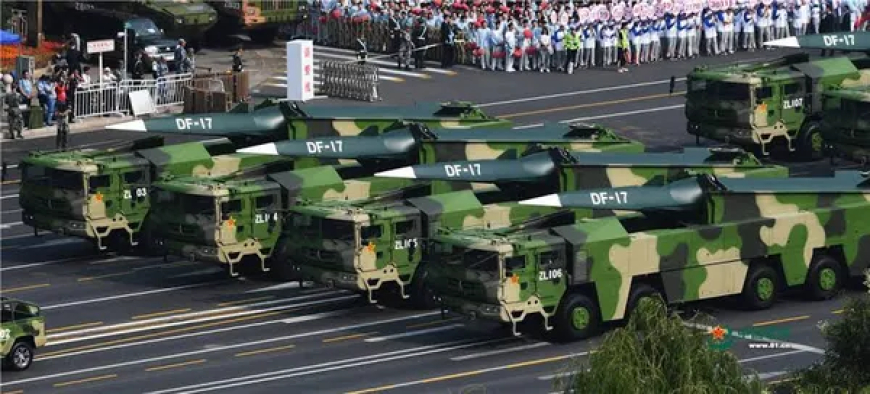
Its killer feature? Extreme maneuverability. The DF-ZF can execute sharp, unpredictable lateral and vertical evasions—making interception by systems like THAAD or Patriot nearly impossible. With a range of 1,800–2,500 km, it targets high-value assets such as U.S. aircraft carriers and forward bases in the First and Second Island Chains.
In plain terms: A regular ballistic missile arcs like a thrown rock—predictable. The DF-17 is a stone skipped across water: it ricochets, changes direction, and arrives in seconds. Defenses get mere moments to react while the warhead constantly jinks. No wonder it’s called the “carrier killer.”
2. Shape-Shifting Hypersonic Missile
Developed by the National University of Defense Technology, this revolutionary projectile solves a core hypersonic paradox: speed versus agility.
High-speed cruise (Wings-In): Retractable wings fold into the body, minimizing drag for blistering velocities above Mach 5.
Maneuver phase (Wings-Out): Wings deploy instantly, generating massive lift for 90-degree turns—impossible for traditional missiles.
The engineering hurdle? Control flutter at 2,000°C and extreme pressure. Chinese engineers claim to have cracked it using an advanced super-twisting sliding mode control algorithm, enabling stable wing movement without structural failure. This missile doesn’t just fly fast—it thinks mid-flight.

3. 6th-Generation Fighter (J-36 / J-XX)
While the J-20 5th-gen stealth fighter enters mass production, China is already flight-testing its 6th-gen successor. Leaked images and expert analysis reveal a radical platform:
Tailless diamond-wing design eliminates vertical stabilizers, maximizing radar stealth from all angles.
Triple-engine configuration—unusual and power-hungry—likely supports directed-energy weapons (lasers) and sustained supercruise over vast distances.
Fly-by-wire + thrust vectoring compensates for inherent instability.
Large airframe (50–70 tons MTOW) suggests massive internal fuel and weapon bays, plus a two-seat cockpit: one pilot, one battle manager overseeing loyal wingman drones and sensor fusion.
This isn’t just a fighter—it’s an airborne command node for AI-driven swarm warfare.
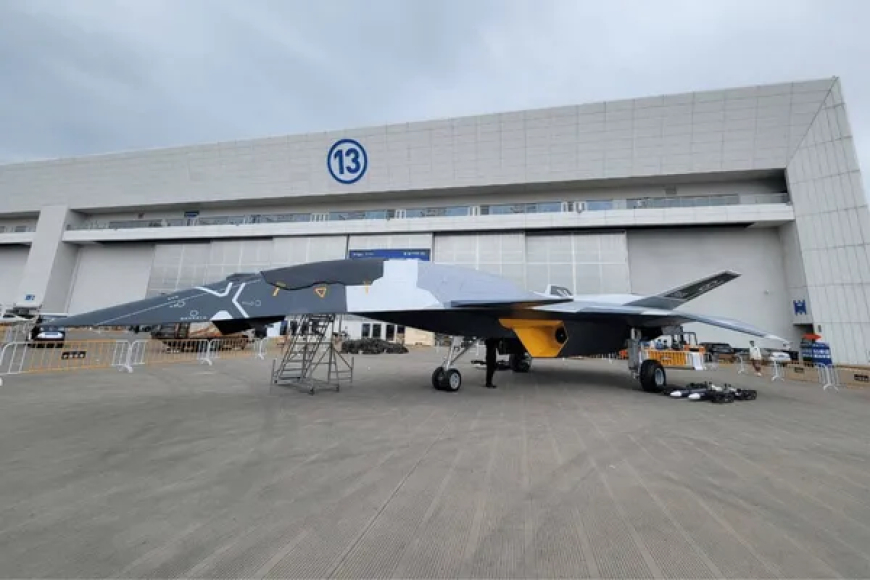
4. LY-1 Directed Energy Weapon (Laser)
The LY-1 is a modular fiber-laser defense system with scalable output from 5 to 100 kW. The 30 kW variant can burn through 5 mm steel at 1,000 meters.
Designed for low-altitude air defense, it counters cheap, numerous threats: drones, quadcopters, rockets, and cruise missiles.
Key advantages:
Speed of light engagement – no lead calculation needed.
Cost per shot: <$1 (electricity only) vs. hundreds of thousands for a missile.
Unlimited magazine – as long as the generator runs.
Surgical precision – can disable a drone’s engine without collateral damage.
Available in fixed (base protection) and 6x6 truck-mounted mobile versions.
In simple terms: Firing a $2 million missile at a $10,000 drone is a losing trade. The LY-1 flips the equation—melting threats with an invisible beam for pennies, switching targets in 6 seconds, and never running out of ammo.
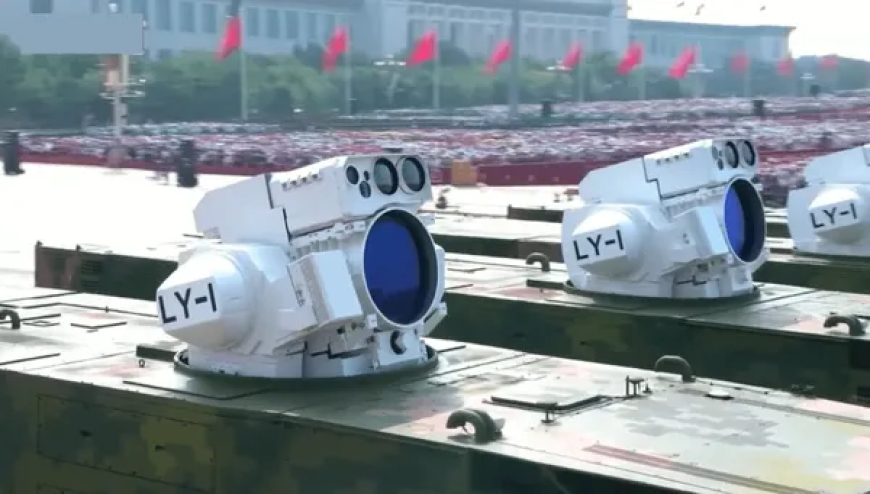
Conclusion
These four systems—from untouchable hypersonics to AI-commanded skies and cost-effective laser defense—form a cohesive, multi-domain strategy. China is no longer closing the tech gap; it is setting the pace. The DF-17 and morphing missile neutralize U.S. naval dominance. The 6th-gen fighter and laser systems secure air and electronic supremacy. Together, they signal a new era of high-speed, physics-driven arms race—one where innovation, not just numbers, decides victory.








